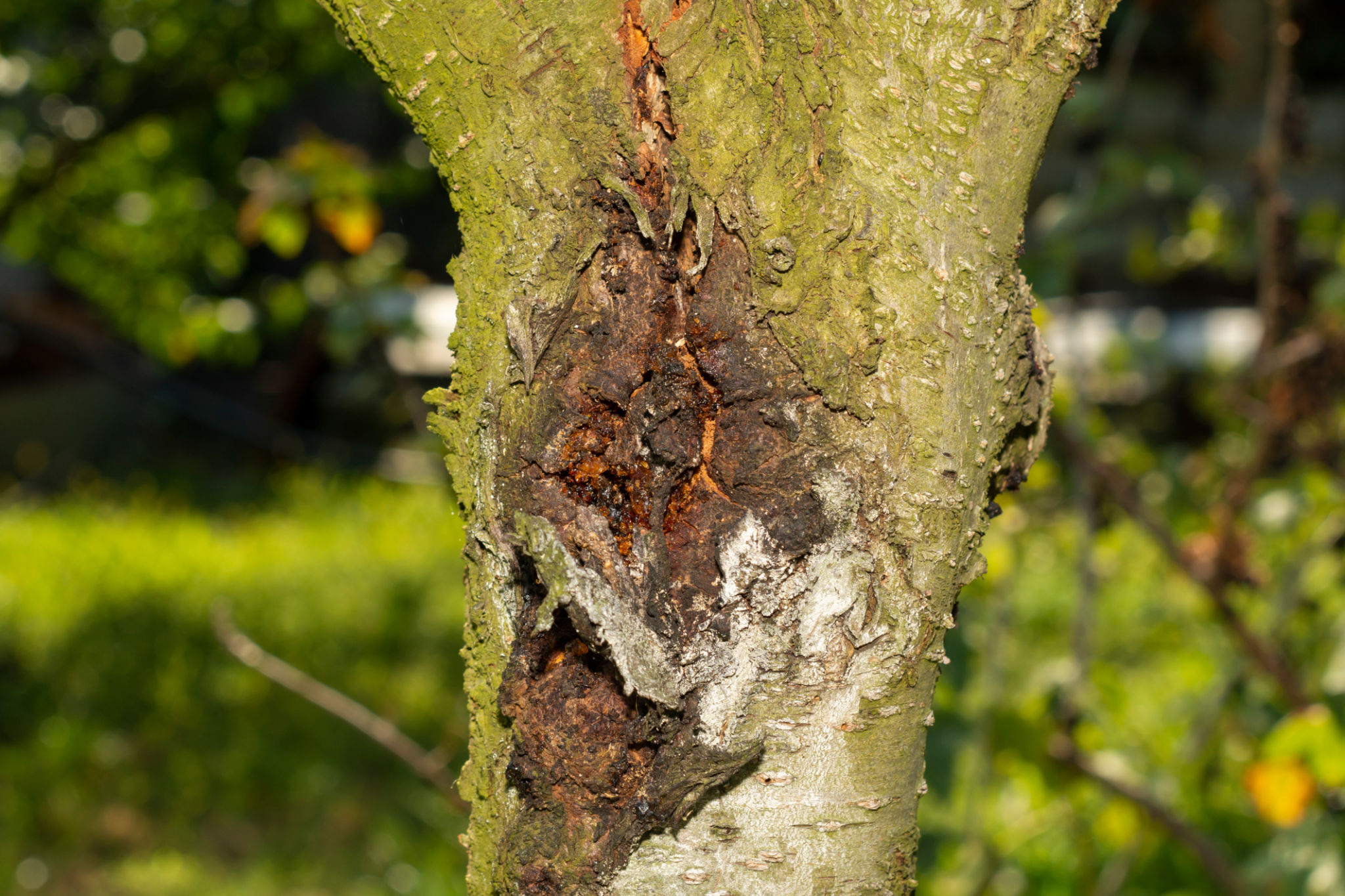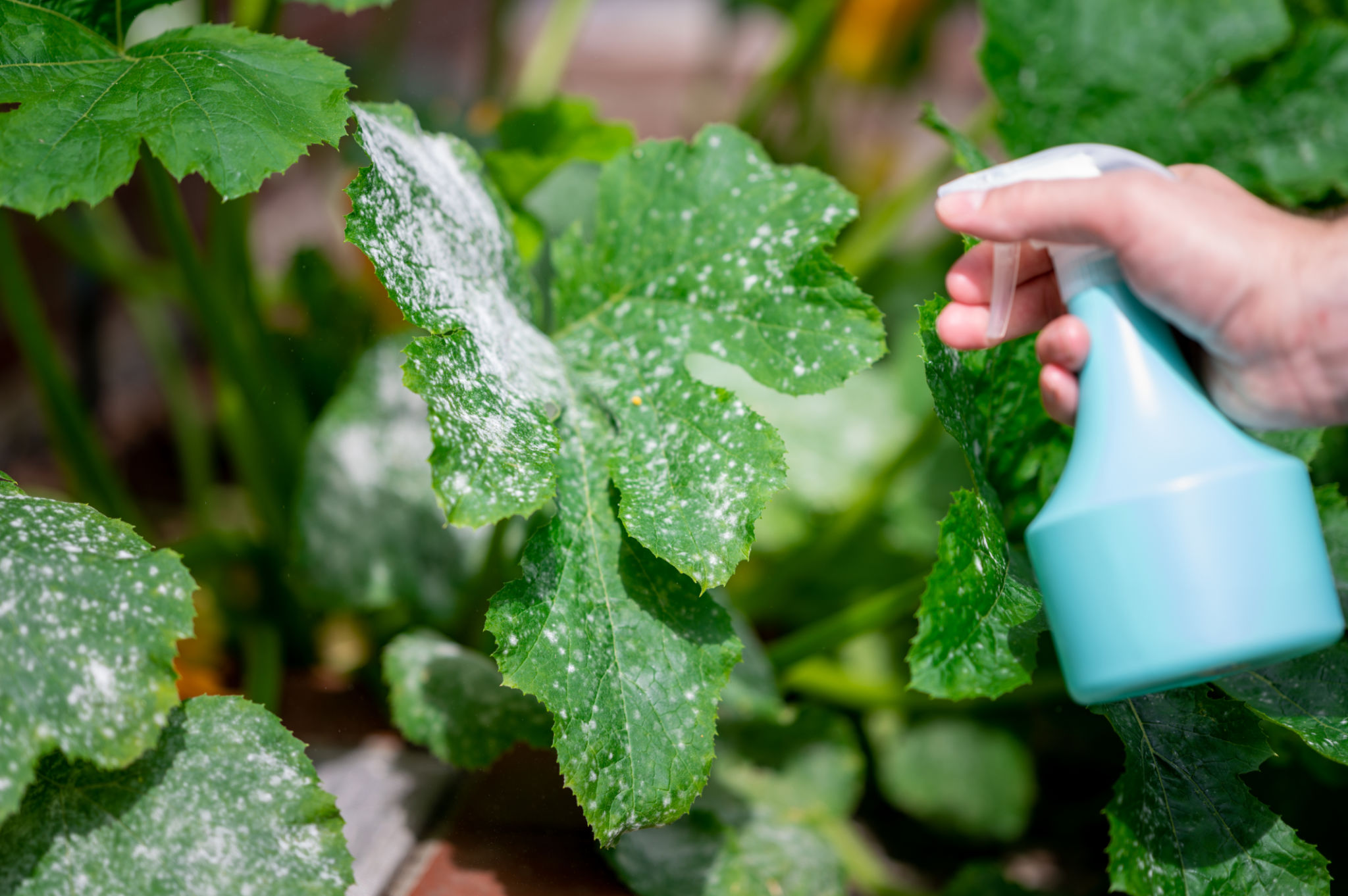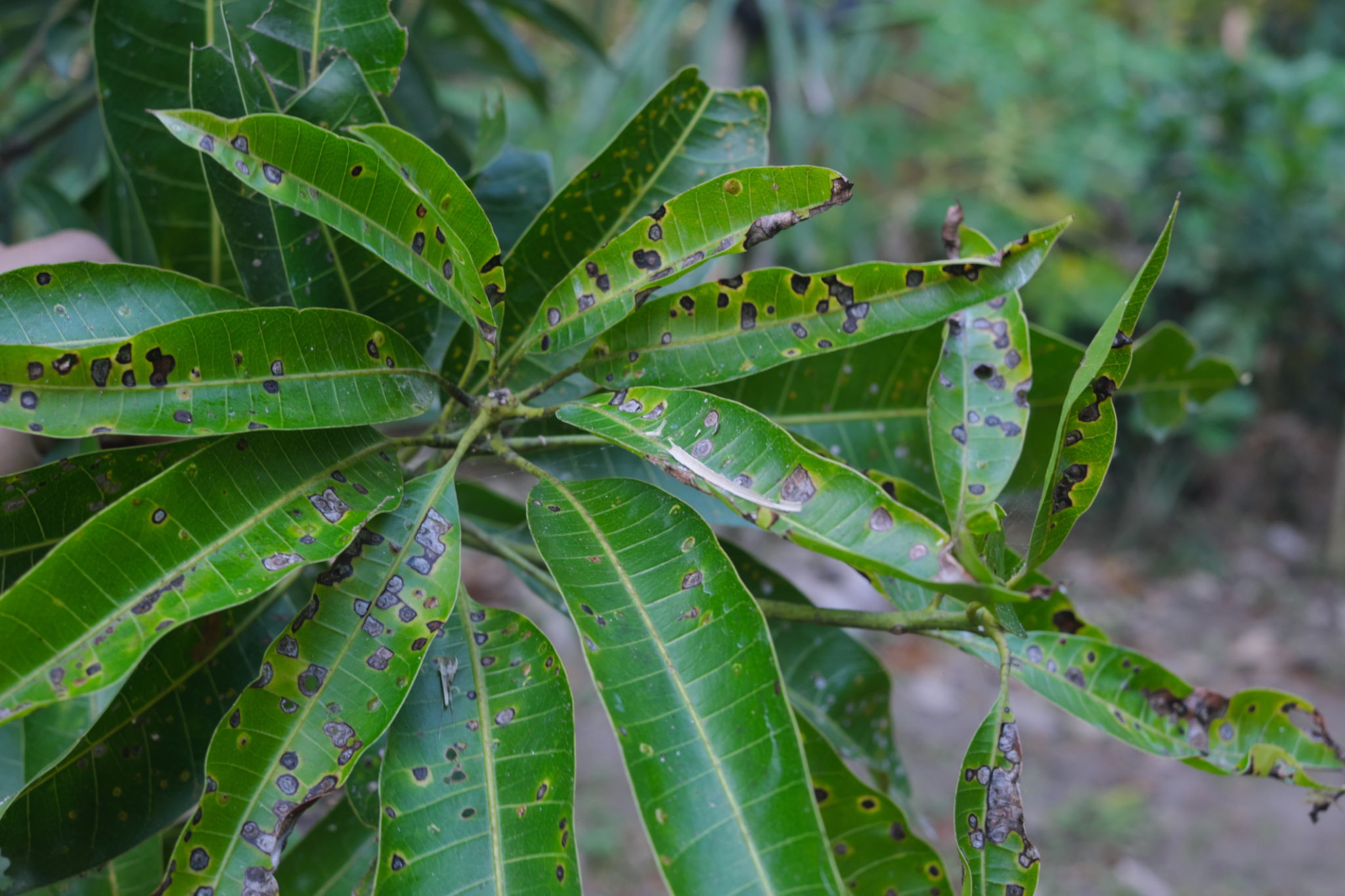5 Common Tree Diseases in Wichita and How to Treat Them
Understanding Tree Diseases in Wichita
Wichita's lush landscapes and diverse tree species are a source of pride for residents. However, maintaining healthy trees can be challenging due to various diseases that affect them. Recognizing these diseases early can help in implementing effective treatments and ensuring your trees thrive.

Leaf Spot Disease
Leaf Spot Disease is a common problem in Wichita, characterized by small, discolored spots on leaves. These spots can enlarge, leading to premature leaf drop and reduced photosynthesis.
Treatment
To manage Leaf Spot Disease, regularly rake and destroy fallen leaves to prevent the spread. Applying fungicides during the early stages can also help control the disease. Ensure proper spacing and pruning to improve air circulation around the trees.
Powdery Mildew
Powdery Mildew appears as a white or gray powdery coating on leaves and stems. This fungal disease thrives in warm, dry climates, making it prevalent in Wichita.
Treatment
To treat Powdery Mildew, prune affected areas to enhance airflow and reduce humidity around the tree. Fungicidal sprays can be used as a preventive measure during the growing season. It's also essential to water at the base of the tree to keep leaves dry.

Fire Blight
Fire Blight is a bacterial disease that affects various fruit trees, causing wilting and blackening of blossoms, leaves, and branches. It can spread rapidly if not managed properly.
Treatment
To control Fire Blight, prune infected branches at least 8 inches below visible symptoms and disinfect pruning tools between cuts. Avoid high nitrogen fertilizers which can promote susceptible new growth. Consider planting resistant tree varieties.
Anthracnose
Anthracnose is a fungal disease causing dark lesions on leaves, stems, and fruits. It often leads to leaf drop in spring and can weaken trees over time.
Treatment
Management includes removing and destroying infected plant debris and applying fungicides during bud break. Regularly pruning to improve air circulation can also help reduce the incidence of this disease.

Cedar-Apple Rust
This disease requires both cedar and apple trees to complete its life cycle, causing bright orange spots on leaves and fruit. It's particularly challenging in areas where both host trees coexist.
Treatment
Control Cedar-Apple Rust by removing galls from cedar trees in late winter. Fungicide applications can protect apple trees during spring when spores are most active. Additionally, choosing resistant apple varieties can minimize the impact of this disease.
Maintaining healthy trees requires vigilance and timely intervention. Regular monitoring and appropriate treatments can protect your trees from these common diseases, preserving Wichita's beautiful environment for everyone to enjoy.
